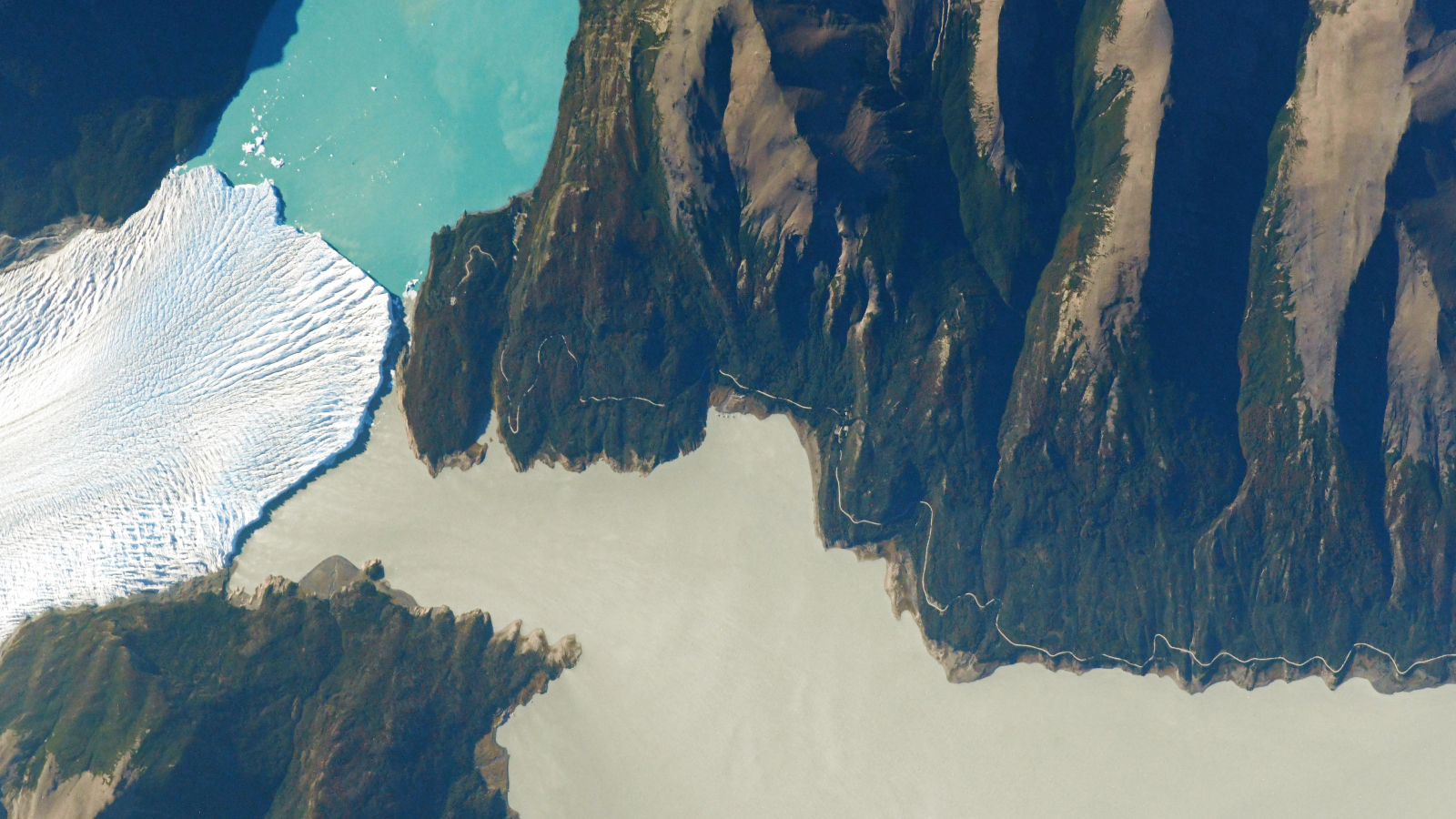Photos: Mysterious Fairy Circles in Australia
Australia's fairy circles
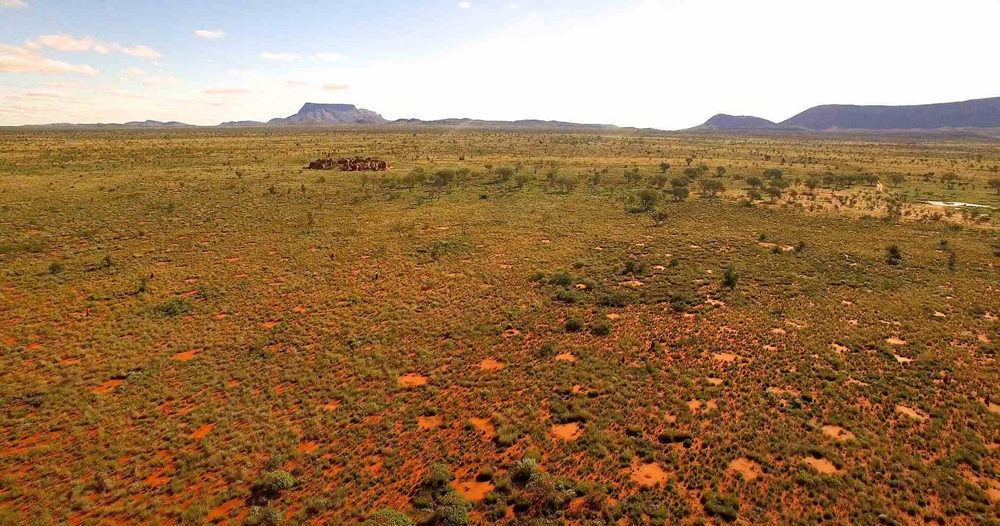
Scientists are debating the cause of "fairy circles" in Australia’s dry grasslands. While some researchers believe the mysterious circular patches are the result of termite nests, others think they can be explained by competition for scarce water among plants.
Once only found in southern Africa, fairy circles were identified in Australia earlier this year in landscapes like this one, near Kintore in the Northern Territory. [Read the full story on the Australian fairy circles]
Thirsty grass?
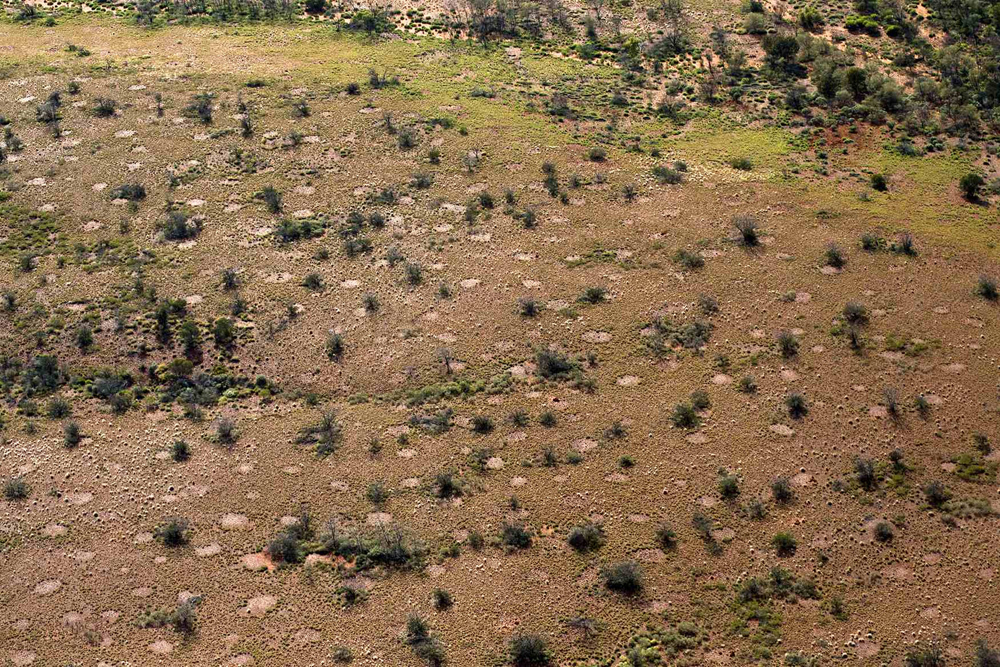
The barren circles surrounded by rings of grass are notable in that they repeat quite regularly in a geometric pattern. The research team that first described Australia's fairy circles attributed the shapes to water competition.
Or termite homes?
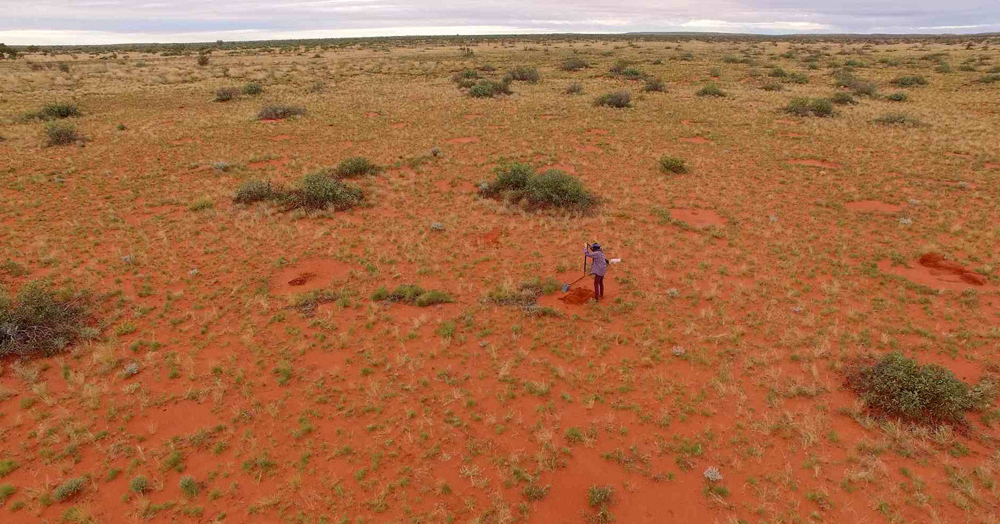
But a team of local researchers led by ecologist Fiona Walsh now claims the dry, sunbaked patches of soil are left behind by termites.
Food prep
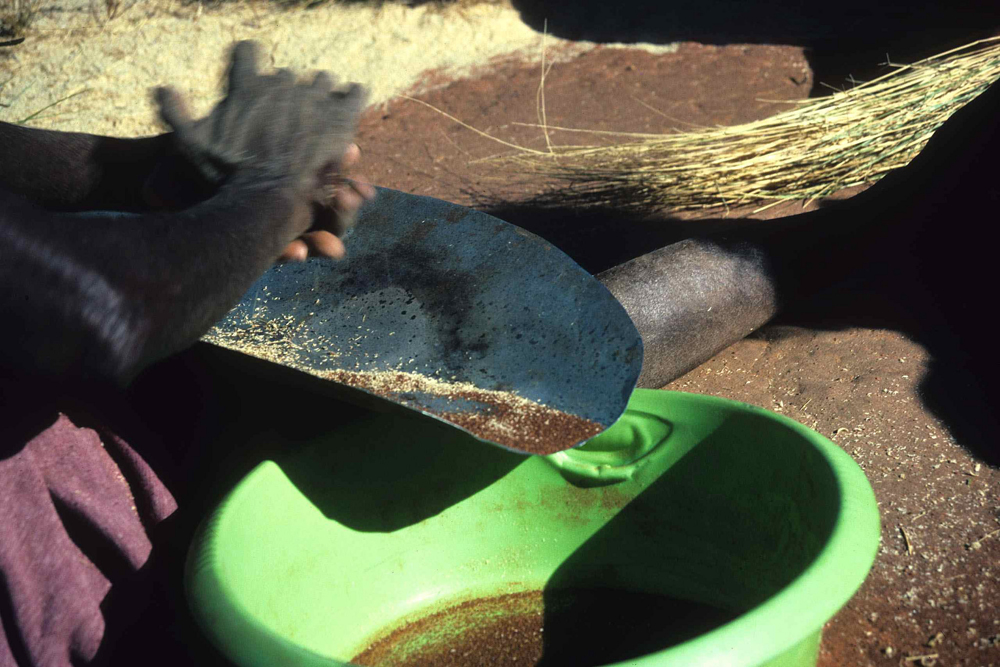
Walsh and her colleagues observed that indigenous people in the region have used such termite surfaces almost like a kitchen bench to prepare foods.
Old kitchen counters
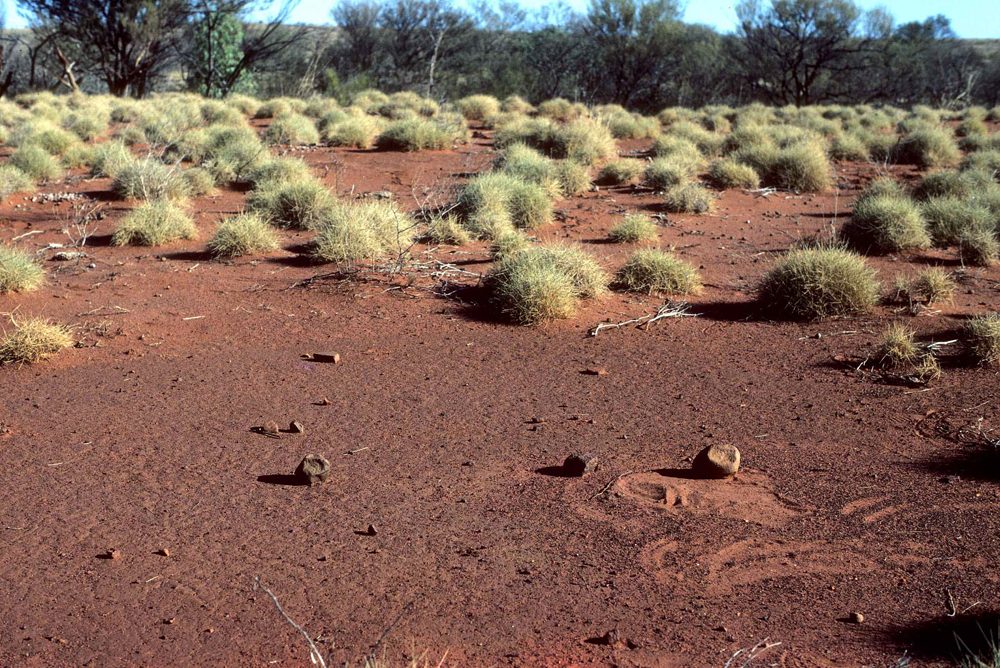
Artifacts like pestles, pounding stones, grinding stone fragments and other food prep tools have survived for decades on these termite "pavements," long after being left behind by Martu people.
Circles from above
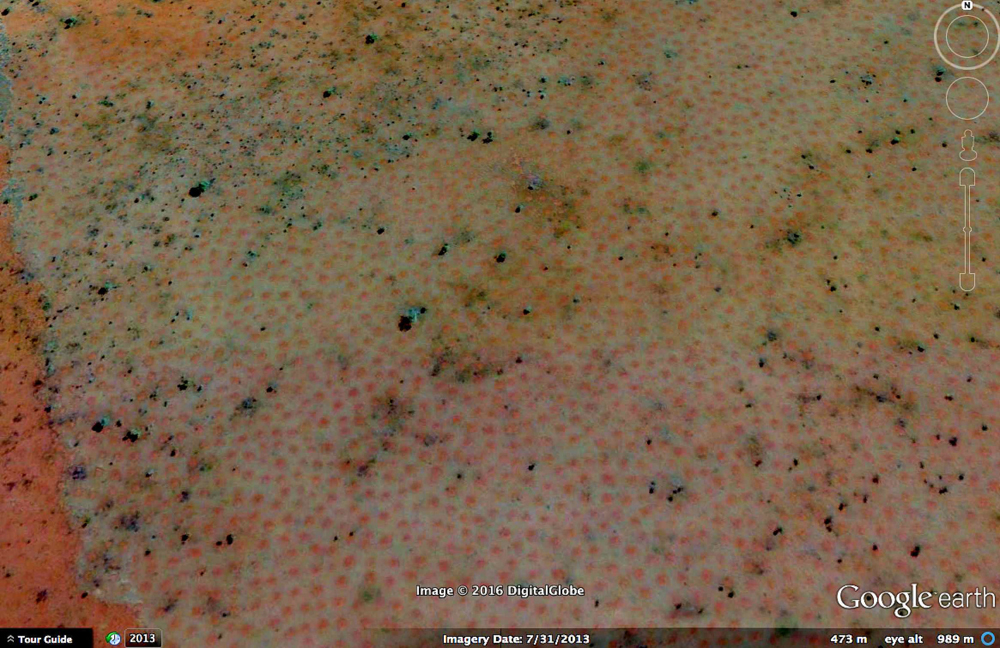
Some satellite images revealed quite striking patterns of circles in the spiky spinifex grass.
Get the world’s most fascinating discoveries delivered straight to your inbox.
What lies beneath
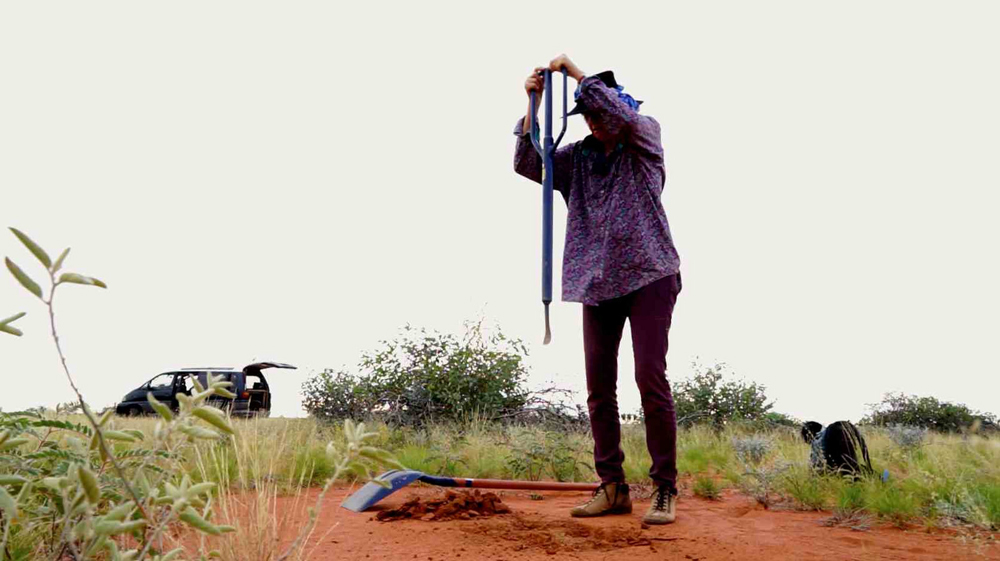
Walsh and her colleagues dug below some of the circles to test their theory that the hardened dry surfaces were actually left behind by termite nests.
Termites were here
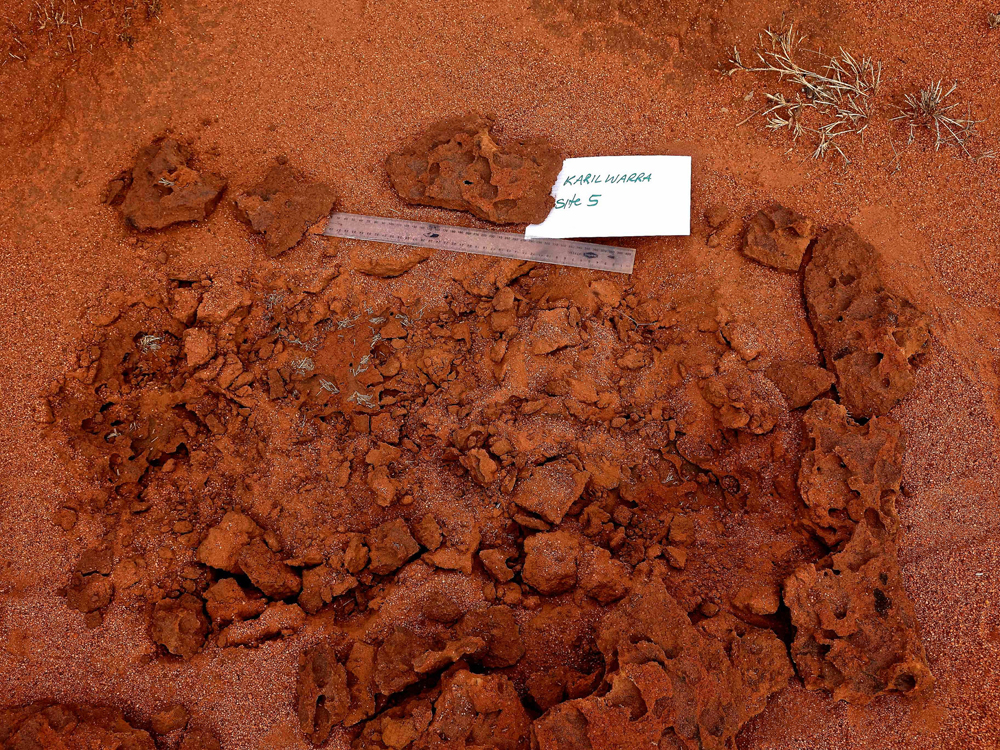
Their excavations revealed that the concreted surfaces had been made by termites above underground chambers carved out by termites.
Tough surface
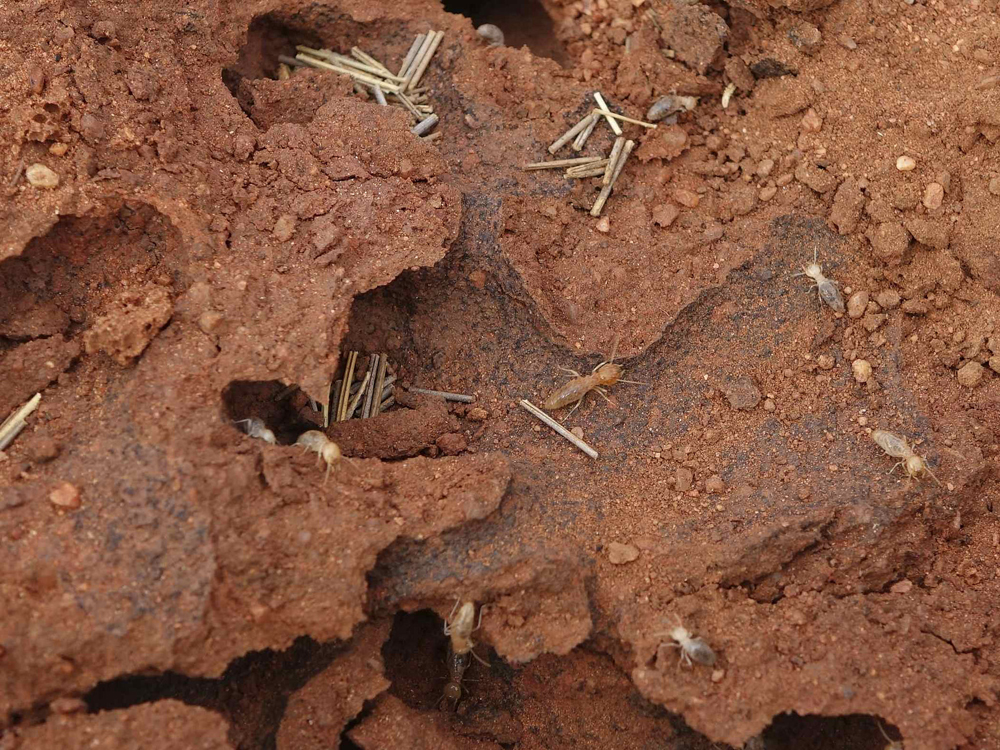
Termites mix saliva, feces and soil to form this hard soil matrix, and the result is a pavement that can be quite tough. According to some estimates, one 2-meter (6.5-foot) diameter termite pavement would be equivalent to about three wheelbarrow loads of concrete.



